Introduction
Horse racing is one of the oldest and most exhilarating sports in the world, with a rich history spanning centuries and a wide variety of formats that reflect the culture, geography, and traditions of different regions. From the thundering excitement of flat racing to the endurance trials of steeplechases, each type of horse racing presents its own unique set of challenges and thrills for both the horse and jockey. This article dives deep into the different types of horse racing across the globe, exploring the nuances, rules, and fascinating traditions that make each form of the sport so compelling. Please visit this.
Flat Racing
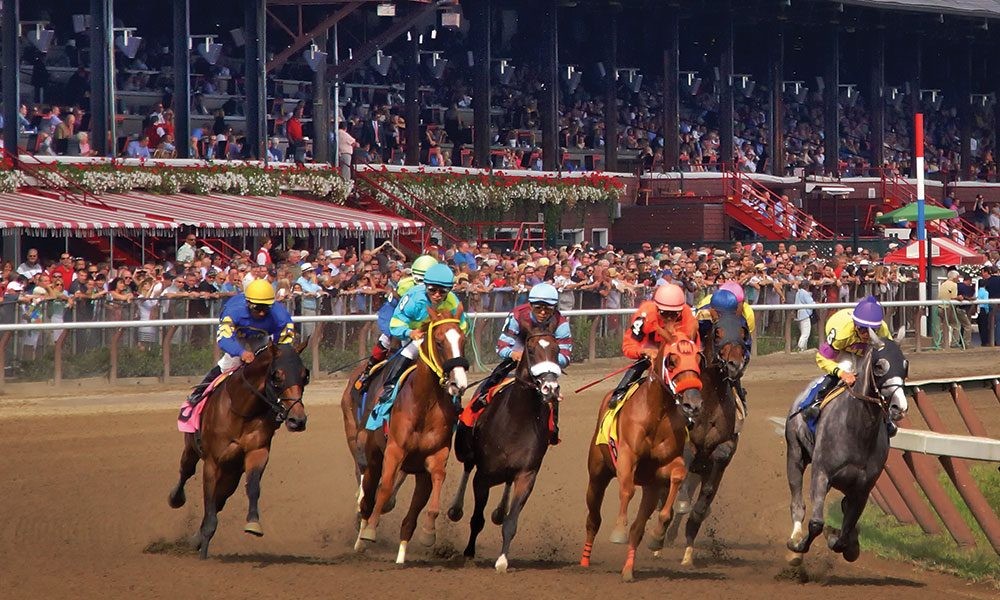
Flat racing is by far the most popular and widely recognized type of horse racing. It involves horses racing over a level, flat course without any obstacles. These races can vary in length, usually ranging from five furlongs to two miles, and are typically run on turf, dirt, or synthetic surfaces. The simplicity of flat racing makes it accessible to a broad audience, and the emphasis is placed on the speed, stamina, and strategy of the horse and jockey combination. Flat races are conducted under strict regulations, and the pedigree of the horse, the experience of the jockey, and the tactics used during the race play a significant role in determining the outcome. Major events like the Kentucky Derby, Epsom Derby, and Melbourne Cup fall under this category, drawing massive global audiences and often featuring million-dollar purses.
Jump Racing (National Hunt)

Jump racing, also known as National Hunt racing, is a test of both speed and jumping ability. In these races, horses are required to jump over a series of obstacles that include fences and hurdles. Originating in the United Kingdom and Ireland, National Hunt racing is especially popular in the colder months when flat racing tracks may be less suitable. There are two main types of jump racing: hurdle races and steeplechases. Hurdle races feature smaller obstacles that are easier to clear, making them a suitable introduction for younger horses or those new to jumping. Steeplechases, on the other hand, include larger and more varied obstacles such as water jumps and ditches, demanding greater skill and stamina. Iconic races like the Grand National and Cheltenham Gold Cup are part of this thrilling racing discipline.
Harness Racing
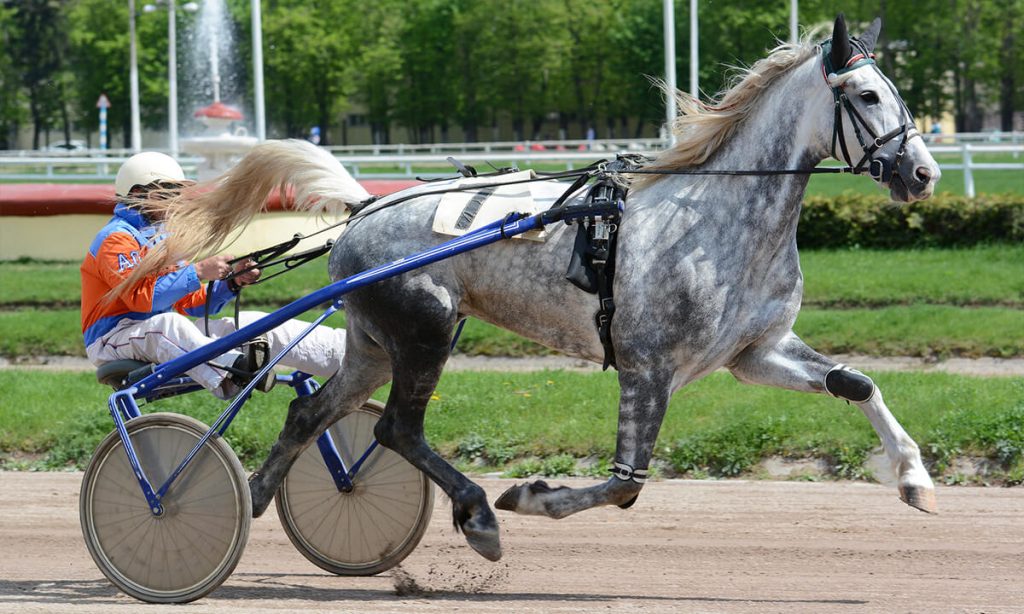
Harness racing offers a distinct take on traditional horse racing. Instead of riding the horse, the jockey, known as a driver, sits in a two-wheeled cart called a sulky that is pulled by the horse. The horses used in harness racing are usually Standardbreds, known for their calm temperament and endurance. This type of race is conducted at a specific gait — either a trot or a pace — and horses are trained to maintain their gait throughout the race. If a horse breaks into a gallop, it must be pulled back and reined into the correct gait, or risk disqualification. Popular in North America, Europe, and Australasia, harness racing is highlighted by events such as the Hambletonian Stakes in the U.S. and the Elitloppet in Sweden. The sport is not only a showcase of equine agility and discipline but also of strategic driving and pacing.
Endurance Racing
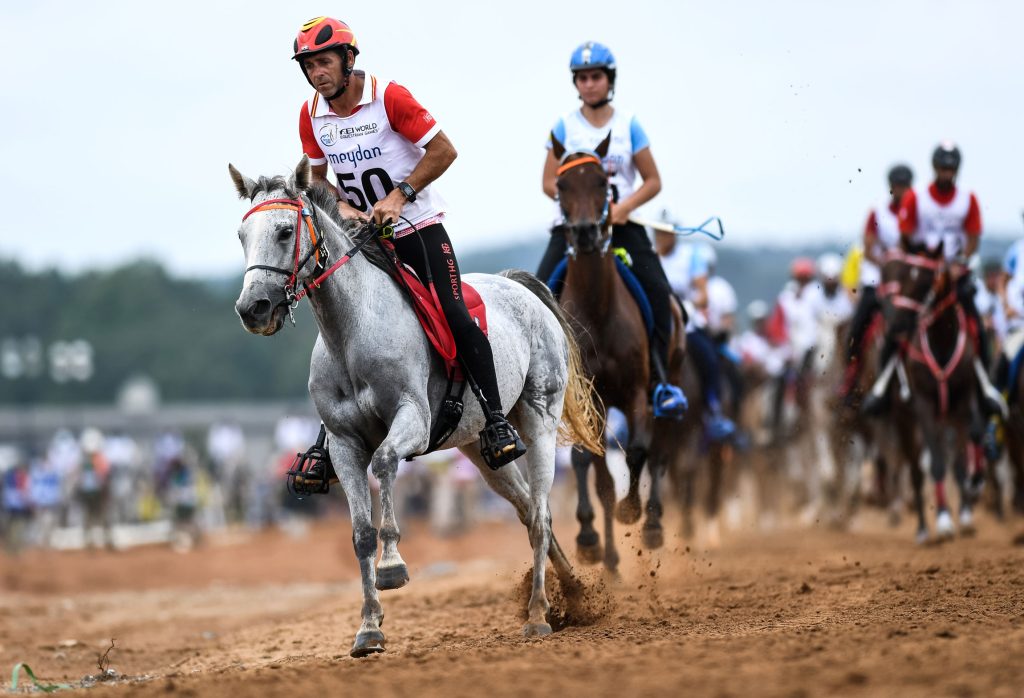
Endurance racing is a true test of a horse’s physical stamina and the rider’s tactical acumen. These races cover extremely long distances — often ranging from 50 to 100 miles — across diverse terrain that can include mountains, deserts, forests, and plains. Unlike traditional racing formats, endurance races can take an entire day to complete and are usually segmented with mandatory rest stops and veterinary checks to ensure the horse’s health. The Arabian horse is the most common breed used in endurance racing due to its natural ability to cover long distances efficiently. The sport is growing in popularity, especially in regions like the Middle East and the United States, and prestigious events like the Tevis Cup and the FEI World Equestrian Games showcase the grit and resilience of these incredible athletes.
Quarter Horse Racing
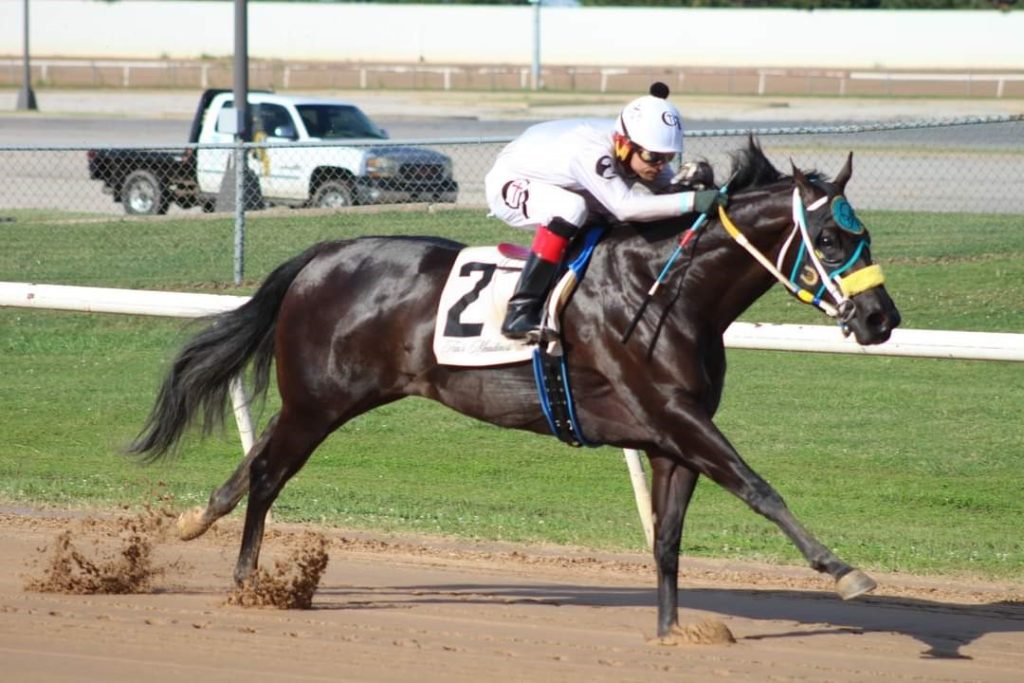
Quarter horse racing is a uniquely American form of racing that focuses on short-distance sprints, typically a quarter mile or less. Named after the American Quarter Horse, a breed known for its explosive speed over short distances, this form of racing is as fast-paced as it gets. Unlike thoroughbred flat racing, which tests stamina over longer distances, quarter horse racing is all about acceleration and power out of the gate. Races are often over in a matter of seconds, with photo finishes being a common occurrence. The races are usually held on straight dirt tracks, and because of the shorter distance, the break from the starting gate is critical to success. Popular in states like Texas, Oklahoma, and New Mexico, quarter horse racing has a strong following and features major events like the All American Futurity.
Point-To-Point Racing

Point-to-point racing is an amateur form of steeplechasing that originated in the United Kingdom and Ireland. It is often seen as a stepping stone for horses and riders aiming for a professional National Hunt career. These races are run over open country with temporary fences, and the courses can vary greatly depending on the location and local traditions. Typically held during the spring, point-to-point meetings have a festive and community-centered atmosphere, attracting both serious racing enthusiasts and casual spectators. The races are governed by local hunt clubs, and participation is usually restricted to amateur jockeys and horses that have hunted regularly. Point-to-point racing is deeply ingrained in rural equestrian culture and plays a vital role in nurturing the future stars of jump racing.
Turf Racing
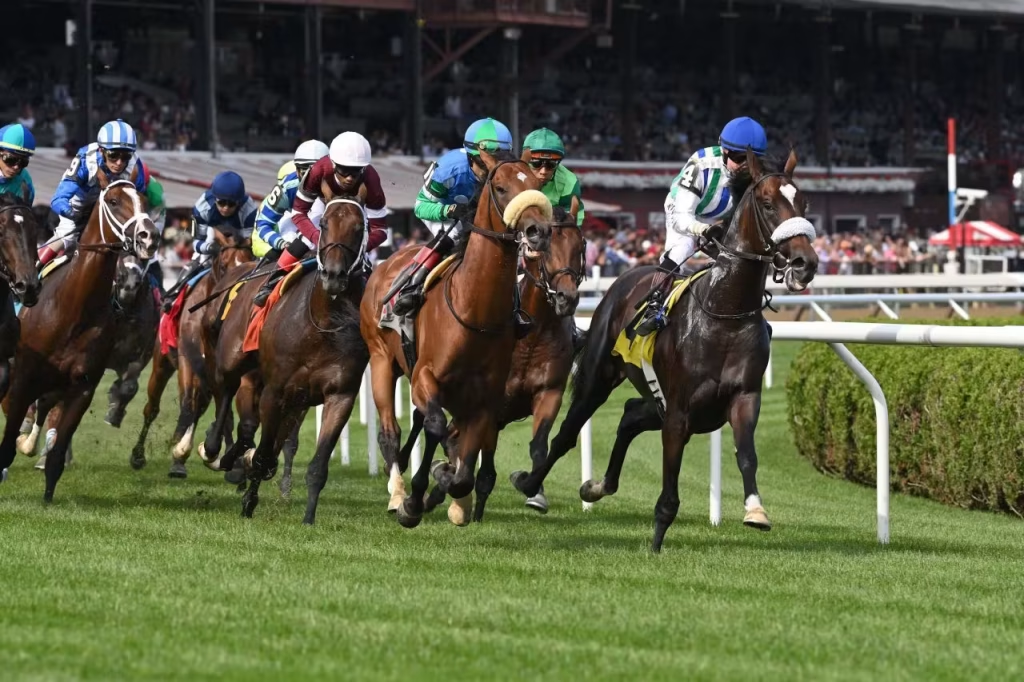
Turf racing, or grass track racing, is a variation of flat racing that takes place exclusively on grass surfaces. Although turf races can be included in the broader category of flat racing, they are worth noting separately due to the unique characteristics of the surface and its influence on race strategy. Grass tracks are softer than dirt or synthetic surfaces, which can reduce the impact on a horse’s joints but may also be more affected by weather conditions such as rain. Turf racing is predominant in Europe, South America, and Asia, and many prestigious international races like the Prix de l’Arc de Triomphe and the Japan Cup are run on turf. Turf specialists often have different racing styles and require specific training, making this a distinct discipline within the sport.
Synthetic Surface Racing
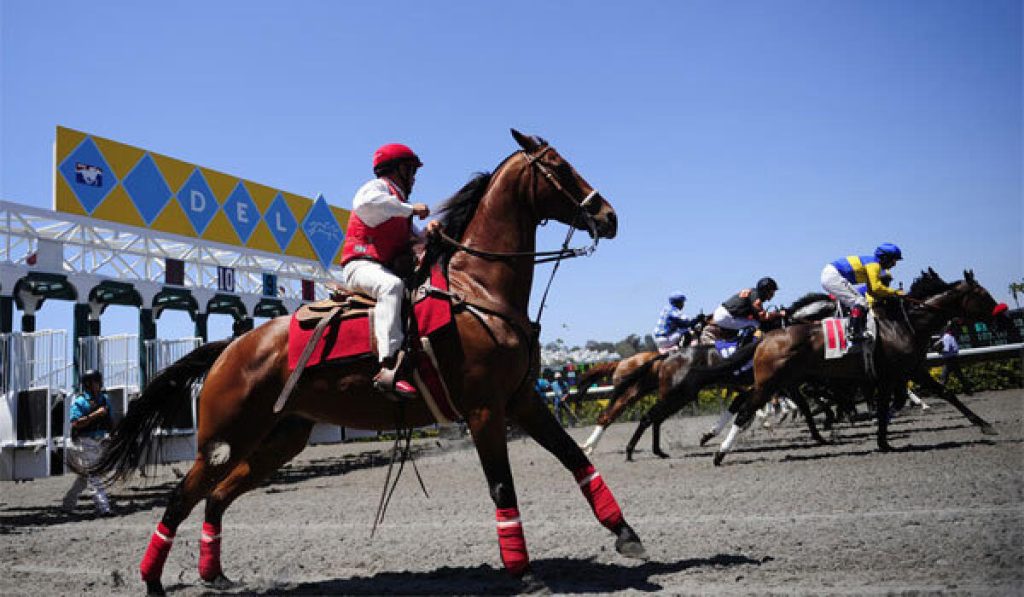
Synthetic surface racing has gained prominence in recent years as a safer alternative to traditional dirt or turf tracks. These surfaces, made from a blend of materials like sand, rubber, and wax, are designed to be more consistent and less affected by weather conditions. Polytrack, Tapeta, and Cushion Track are some of the popular types of synthetic surfaces used globally. Races on synthetic tracks are often included in flat racing but can favor horses with specific running styles and gaits. This type of racing is particularly popular in Canada and certain parts of the U.S., where climate variations can significantly impact traditional track conditions. While not universally embraced, synthetic racing continues to evolve and plays a crucial role in the conversation about safety and sustainability in horse racing.
Arabian Horse Racing

Arabian horse racing is a niche but rapidly growing sector within the global racing community. The Arabian horse, known for its endurance and agility, has been used in competitive racing for centuries, particularly in the Middle East where the breed originated. These races are generally shorter than traditional endurance events but longer than typical flat races, offering a unique blend of speed and stamina. The United Arab Emirates, Qatar, and Saudi Arabia are key centers for Arabian racing, with events like the Dubai International Arabian Races gaining international recognition. The breed’s distinct characteristics require specialized training and racing techniques, making Arabian horse racing a specialized and revered form of the sport.
Beach Racing
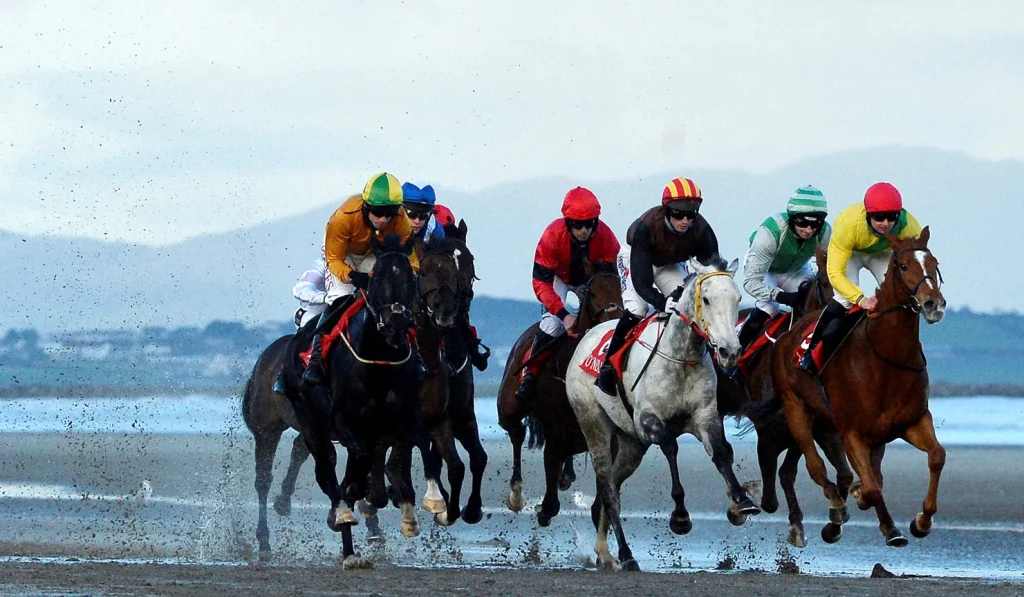
Beach racing is one of the more unconventional and visually stunning forms of horse racing. Taking place along stretches of coastal sand during low tide, these races are usually organized as part of local festivals and are popular in countries like Ireland, the United Kingdom, and India. Because the racing surface is constantly shifting depending on tide and weather conditions, beach racing poses unique challenges for both horse and rider. The setting adds a dramatic flair, with pounding hooves echoing over wet sand and sea spray adding to the spectacle. While not a mainstream discipline, beach racing captures the essence of community tradition and the historical bond between horses and humans.
Barrel Racing
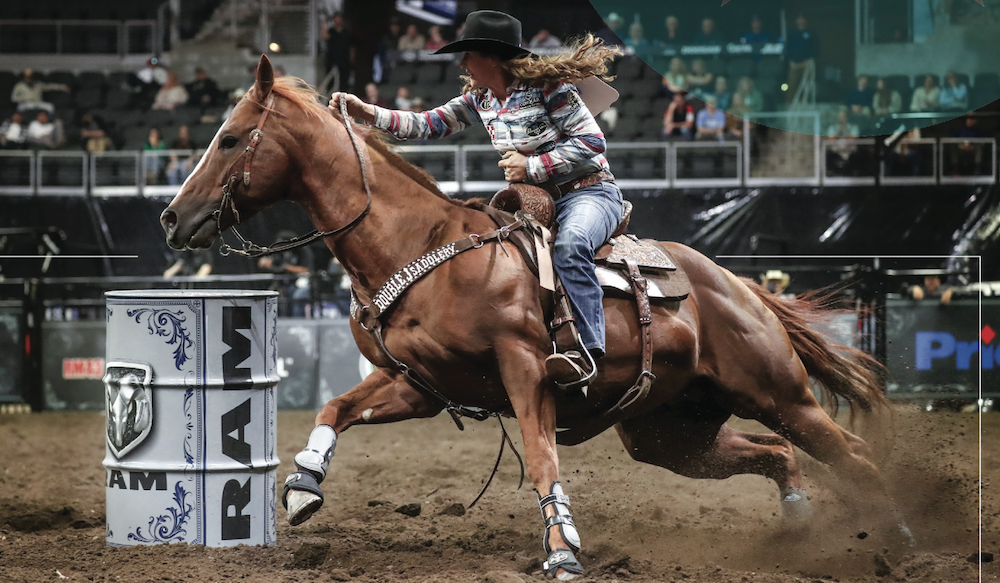
Although not classified under traditional horse racing formats, barrel racing deserves mention due to its competitive racing nature. Popular in the rodeo circuits of North America, barrel racing involves horses racing around a cloverleaf pattern of barrels in the fastest time possible. It emphasizes agility, precision, and speed rather than endurance or stamina. The sport is particularly popular among female riders and showcases the incredible athleticism and training of both horse and rider. With roots in the American West, barrel racing is a staple at rodeos and equestrian events and continues to draw enthusiastic crowds across the country.
Ice Racing

Ice racing is one of the most unusual and geographically specific forms of horse racing. It typically takes place in northern regions such as Scandinavia, Russia, and parts of North America during the winter months when lakes and rivers are frozen solid. Horses either gallop or pull sleds over the icy surface in a thrilling spectacle that requires a high level of skill and safety precautions. The footing is extremely slick, and horses often wear special shoes with spikes or studs for better traction. While it remains a niche and regional activity, ice racing is a fascinating example of how horse racing adapts to its environment and continues to evolve in creative ways.
Relay And Tribal Horse Racing
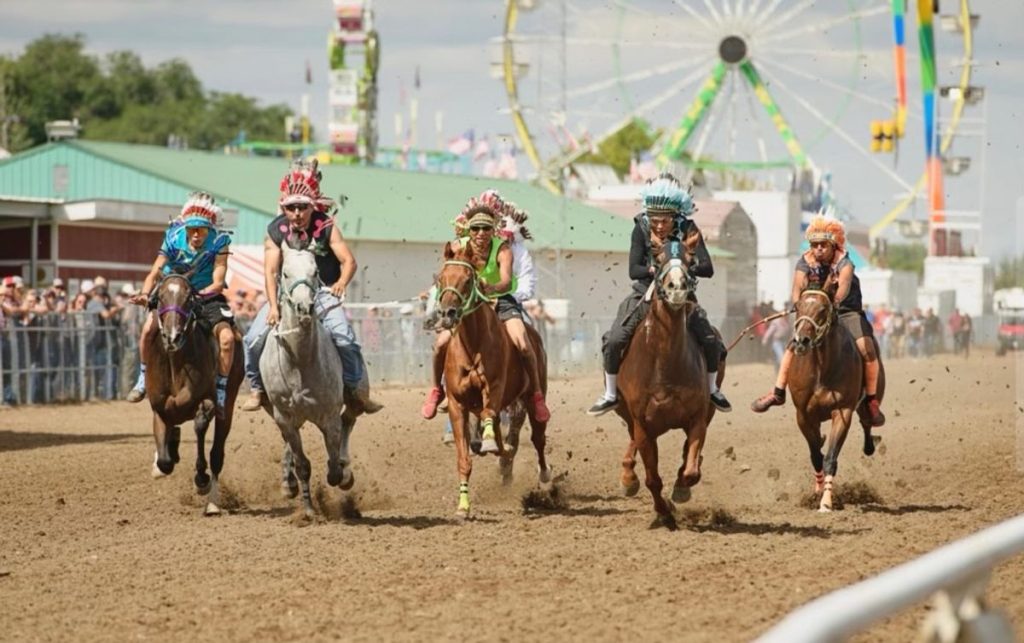
Relay and tribal horse racing are culturally rich events often held by indigenous and tribal communities around the world. In places like Mongolia, Native American reservations in the U.S., and various regions in Central Asia, relay races involve multiple horses and riders completing different legs of a race. These races are more than just sport; they are expressions of cultural identity, history, and community spirit. Horses are often switched mid-race in dramatic transitions, testing the riders’ horsemanship and the horses’ responsiveness. Such events are often accompanied by traditional music, ceremonies, and large gatherings, making them a vibrant celebration of equine heritage.
Conclusion
Horse racing is not a one-size-fits-all sport. Its many forms—from flat racing to steeplechases, from endurance challenges to cultural relay events—showcase the versatility of horses and the creativity of the humans who train, ride, and celebrate them. Each type of horse racing offers a distinct experience, shaped by geography, tradition, and the unique capabilities of different horse breeds. Whether you are drawn to the glamour of turf racing, the strategy of harness events, or the adrenaline of quarter horse sprints, there is a world of excitement waiting at the racetrack. Understanding the different types of horse racing not only enhances your appreciation for the sport but also connects you to a global community that shares a deep love for the majestic horse.

